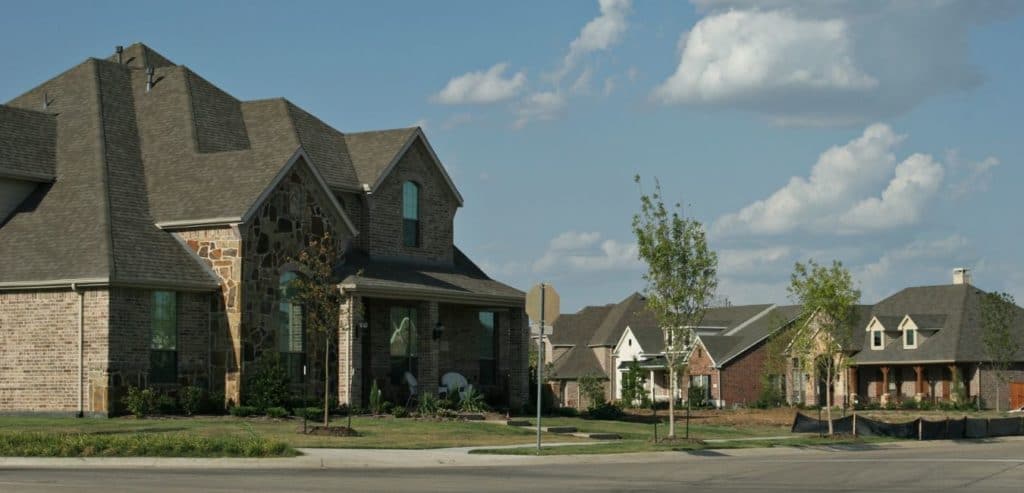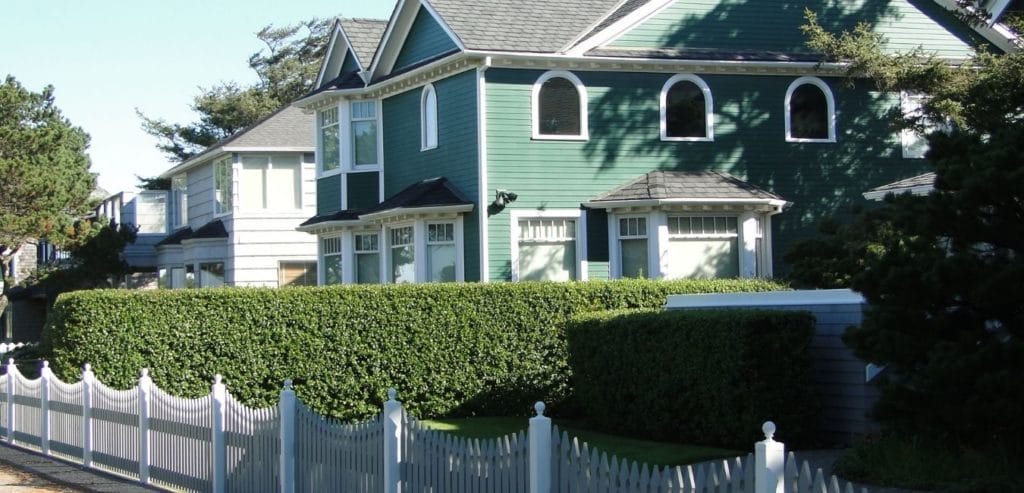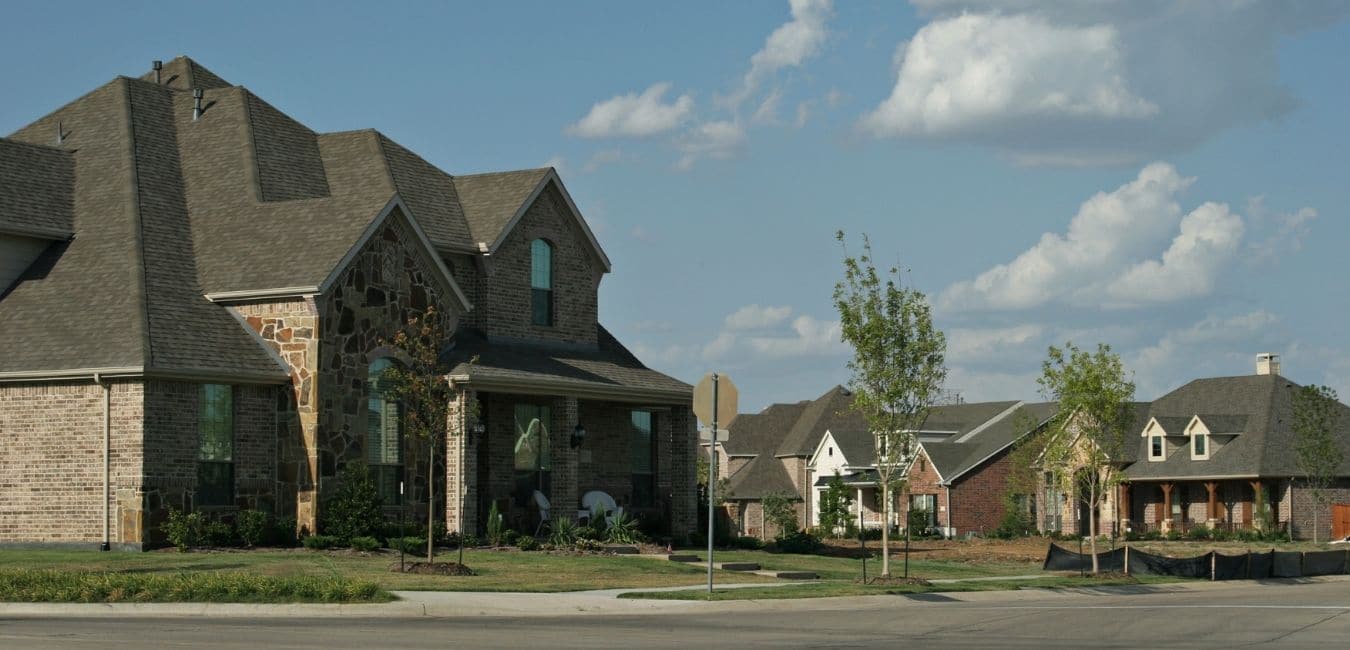A Valuable Tool
Section 1031 exchanges are a valuable tool for real estate investors, and, when used properly, they can facilitate the growth of an investor’s wealth and the diversification of their portfolio, as well as provide an easy way to reduce management duties on investment properties. However, above all, a 1031 exchange allows for the deferral of federal capital gains taxes on the sale of a property, which means that the investor has more capital available with which to make a larger down payment on a more valuable replacement property.

What is a 1031 Exchange?
Many of the people that come into my office have a huge misconception of what types of properties they can exchange into. Most people I’m dealing with are selling multi-family rentals, for example, a four-plex or 6-unit apartment building. They think that the IRS definition of “like-kind property” is another four-plex or 6-unit building.
The truth is the IRS considers any deeded property that you don’t live in and is purchased for investment purposes qualifies as “like-kind.” For example, if you sell a 6-unit building, you can buy a piece of raw land, or several single-family residences or a small commercial building. They all are considered “like-kind” under the IRS guidelines. The only property that wouldn’t qualify would be a home that you immediately moved into and used as your primary residence. It can only be an investment property, not your home.
The replacement property must be valued as equal or greater to the property you sold. For example, if you sold a building for $800,000, you would have to buy one or more properties with a total value of $800,000 or greater. Another rule you must follow is that any debt on your property has to be replaced dollar for dollar as well. So if your $800,000 had a $400,000 mortgage on it, the replacement property(s) would have to have at least $400,000 of debt on it or greater.
Another example would be selling an $800,000 property with no debt and going into a larger property using all $800,000 of equity but buying a $1,600,000 property that has 50% loan to value (LTV) or $800,000 of debt. You can always “trade up” so this exchange would qualify as well.
These are very simple examples, everybody has details that must be taken into account, so be sure and discuss your particular exchange with a tax professional to make sure you’re following all the rules.
Who Qualifies?
Any taxpaying entity that owns a business or investment property may conduct a 1031 exchange within the United States, including individuals, C and S corporations, general or limited partnerships, LLCs, trusts, and so forth.
What Are Like-Kind Properties?
The replacement property that the investor identifies must be the same in nature or characteristics, although there is no distinction made regarding quality or grade. In practice, this allows for a wide range of properties to be exchanged under section 1031, including vacant land, commercial buildings, industrial properties, apartment complexes, single-family homes, and so forth. All involved properties must be located within the United States and must be held for investment or business purposes – no personal property or primary residences may be exchanged under this provision.
The replacement property must be valued equal to or higher than the relinquished property to defer the entire amount of capital gains taxes. However, an investor can still complete a 1031 exchange if the valuation is lower than that of the relinquished property, but then they must pay capital gains taxes on the boot, which is the profit from the difference between the prices of the relinquished and replacement properties.
More than one property can be relinquished and/or purchased as replacements, and the values for each will be determined by the sum of all properties. So for instance, an investor could sell a property worth $100,000 and purchase four properties worth $25,000 each for a total value of $100,000, which means there would be no boot and the investor could defer taxes completely.
Rules
Several conditions must be met to avoid the disqualification of a 1031 exchange. If an exchange is disqualified, the investor will be taxed on the proceeds of the sale of the relinquished property and can face other penalties.
Qualified Intermediary
A qualified intermediary (QI) must be used to handle the transaction. They will accept the proceeds from the sale of the relinquished property, hold them in trust, and then transfer them to the seller of the replacement property at the appropriate time. In this way, the money never actually enters the investor’s bank accounts and allows them to defer the capital gains taxes. A QI can be a person or a company, but they can have no formal relationship with either of the parties engaged in the exchange. QIs must also meet certain insurance requirements to perform this role.
Time Limits
In the most common type of 1031 exchange, a delayed exchange, the investor has 45 days from the date of sale of their relinquished property to officially identify suitable like-kind replacement property. These properties must meet certain valuation standards to be eligible. The investor has 180 days from the sale of the relinquished property to complete the purchase of the replacement property
Read More: 1031 Rules Infographic
Types of 1031 Exchanges
There are four different types of 1031 exchanges, although the delayed exchange as described above in the rules section is by far the most common type. Let’s take a look at the other three types:
Simultaneous Exchange
In a simultaneous exchange, the sales of both the relinquished and the replacement properties must close at the same time on the same day. This can be done in three different ways: a two-party trade where deeds are swapped directly, a three-party exchange where a third party facilitates the transaction, and a simultaneous exchange where a qualified intermediary handles the entire transaction.
Construction or Improvement Exchange
In this type of exchange, an investor can improve a replacement property using some of the tax-deferred proceeds of the sale of their relinquished property while the QI holds the deed for a period of up to 180 days.
There are three requirements for this type of exchange: the entire amount of the proceeds from the sale of the relinquished property must be used towards a down payment or as completed property improvements by the 180th day of the exchange, the investor must receive “substantially the same property” to what they identified as their replacement property (as per the IRS), and the replacement property must be equal or greater in value when the construction or improvements are completed. All modifications must be complete before the QI can transfer the deed to the investor.
Reverse Exchange
This works exactly like a delayed exchange, but in reverse: the replacement property is purchased first, and then the investor has 45 days to identify the relinquished property that they plan to sell and 180 days to complete that sale. These exchanges are rarer since the replacement property must be purchased with cash, and most banks won’t provide cash loans for reverse exchanges. So, the investor needs to have a significant amount of cash on hand to make this type of exchange happen.

If you’d like to learn more about 1031 exchanges or get started on an exchange today, give us a call at TFS Properties! Our team of experts can explain the process in more detail, help you find replacement properties, and get you in touch with a qualified intermediary in your area.




